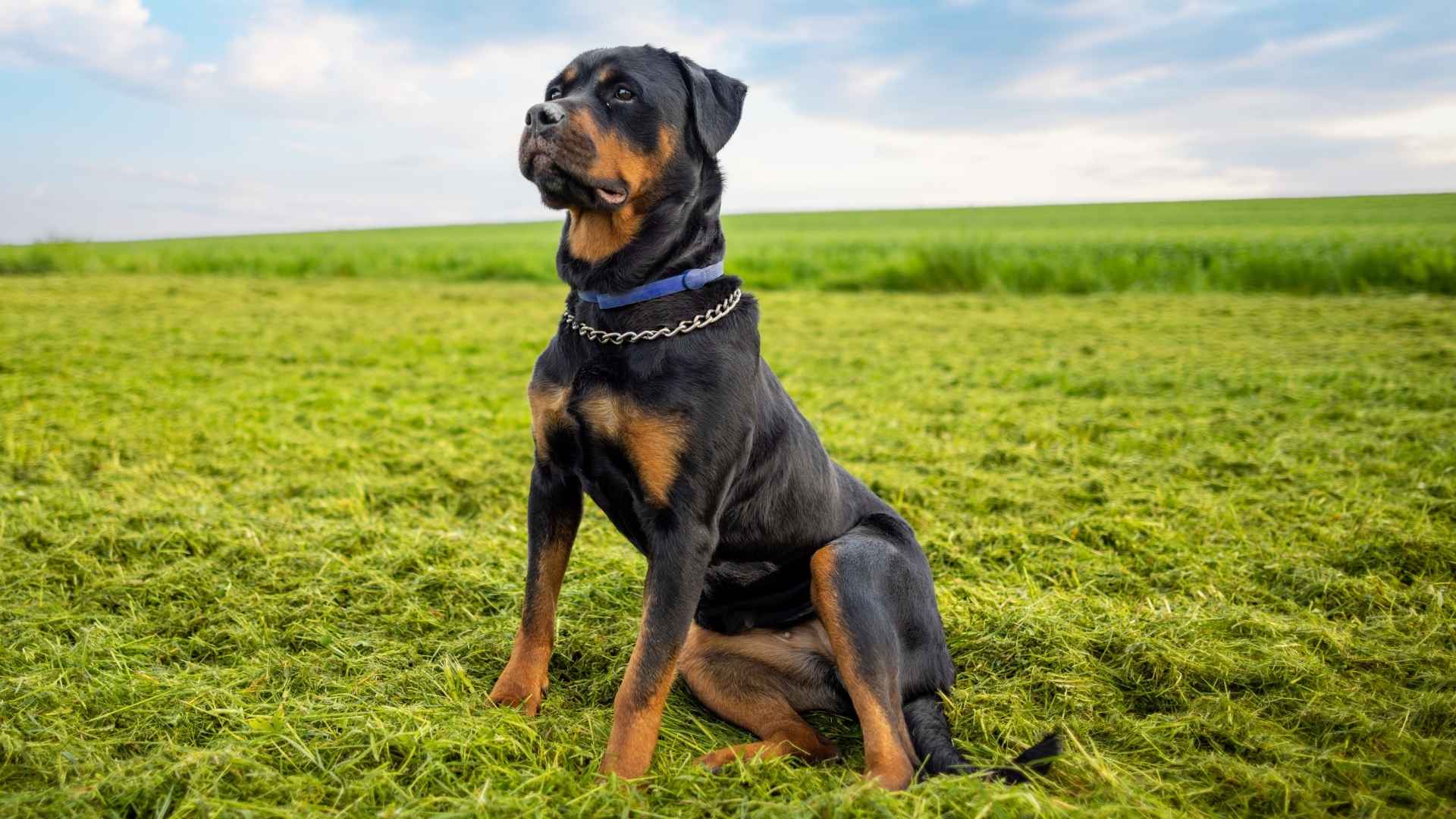Dogs are often labeled as either mean or misbehaved, but the truth is usually more complex. According to the ASPCA, this misconception largely stems from the impact of breed-specific legislation (BSL), which restricts or outlaws certain breeds (like pit bulls, Rottweilers, and German shepherds).
Of course, as ASPCA points out, there’s no evidence that breed-specific laws make the public safer because genetics and environment are both responsible for aggression, and how an individual dog is raised makes a difference; it’s not just the dog.
But let’s remember that these dogs are individuals, the same as you and me, and filled with all the traits we crave in a pet—individual personalities, a loyal heart, and the ability to bond deeply with someone who loves and cares for them.
Mean Dog Breeds
Here are seven dog breeds often unfairly stereotyped as “mean” and some of their fine qualities, and why they can be wonderful companions for the right experienced owner.
1. Rottweiler
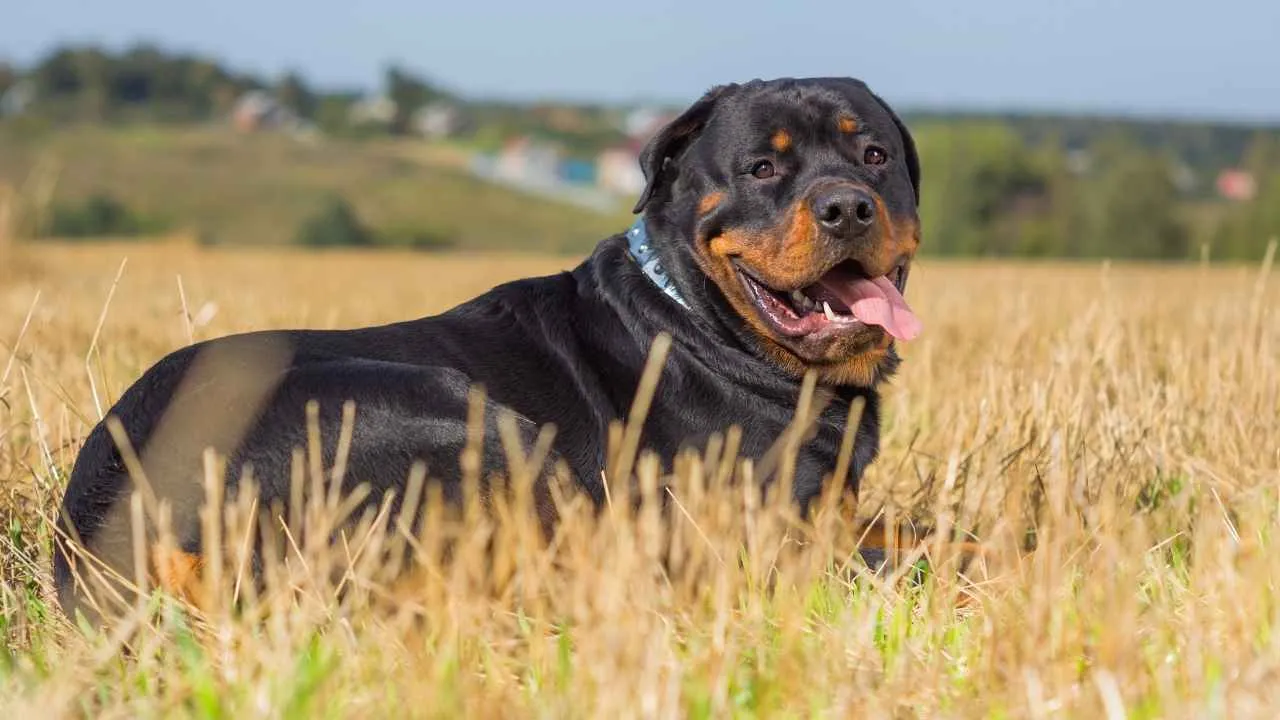
Rottweilers are perceived as the most dangerous dog breed. Their character traits derive from the traditional role as working dogs. These burly animals, historically known as Rottweil Butcher’s Dog, because they herded livestock and worked to pull carts heaped with butchered meat to market. Every second in the field proved how valuable their guarding nature was, protecting livestock and property.
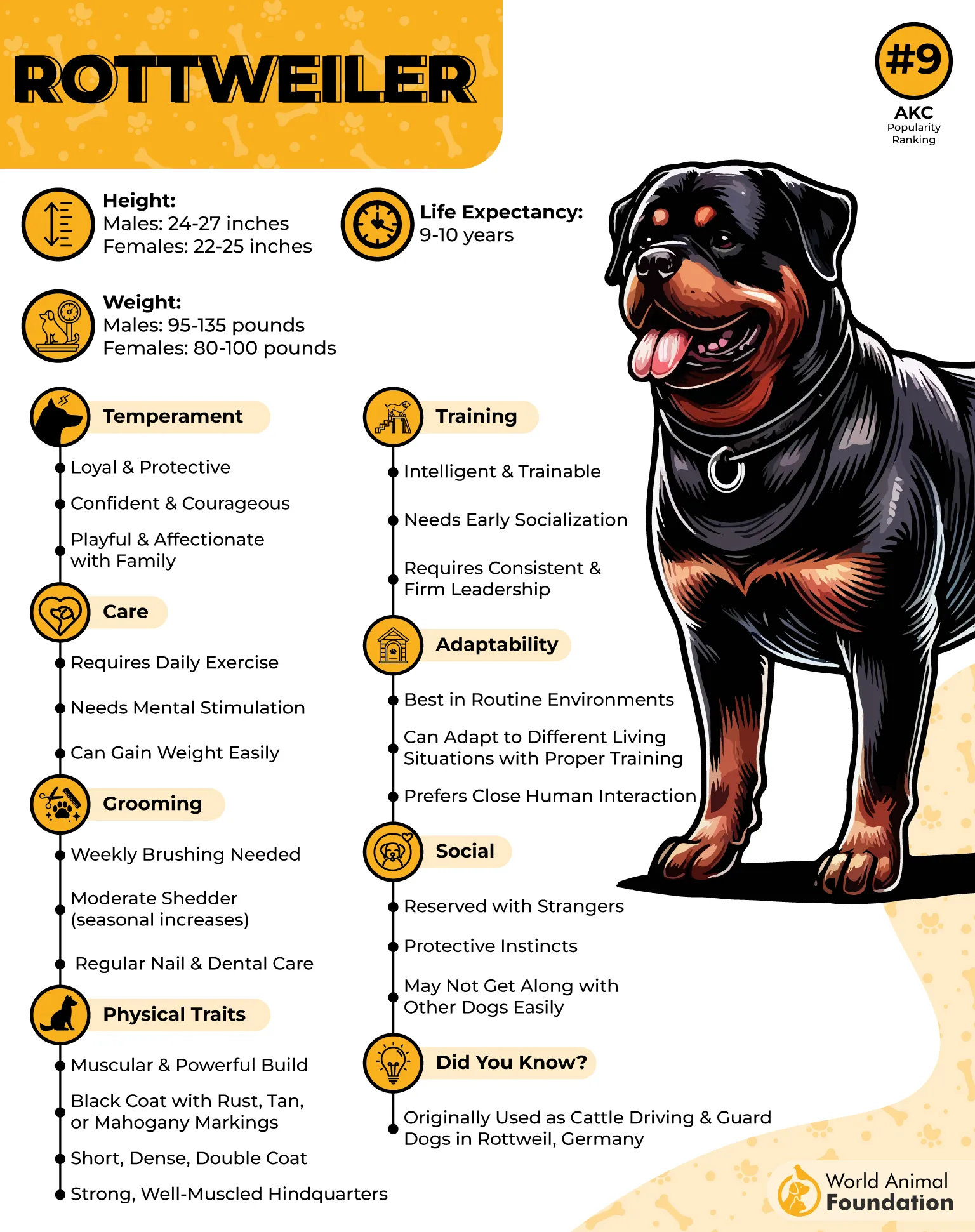
Due to their intelligence, heightened sense of territorialism, and intensely protective nature, Rottweilers are frequently employed as guard dogs or, in some countries, even police dogs. While these characteristics help make the Rottweiler a great aggressive protector, they can also cause problems if the dog is not well-trained or socialized.
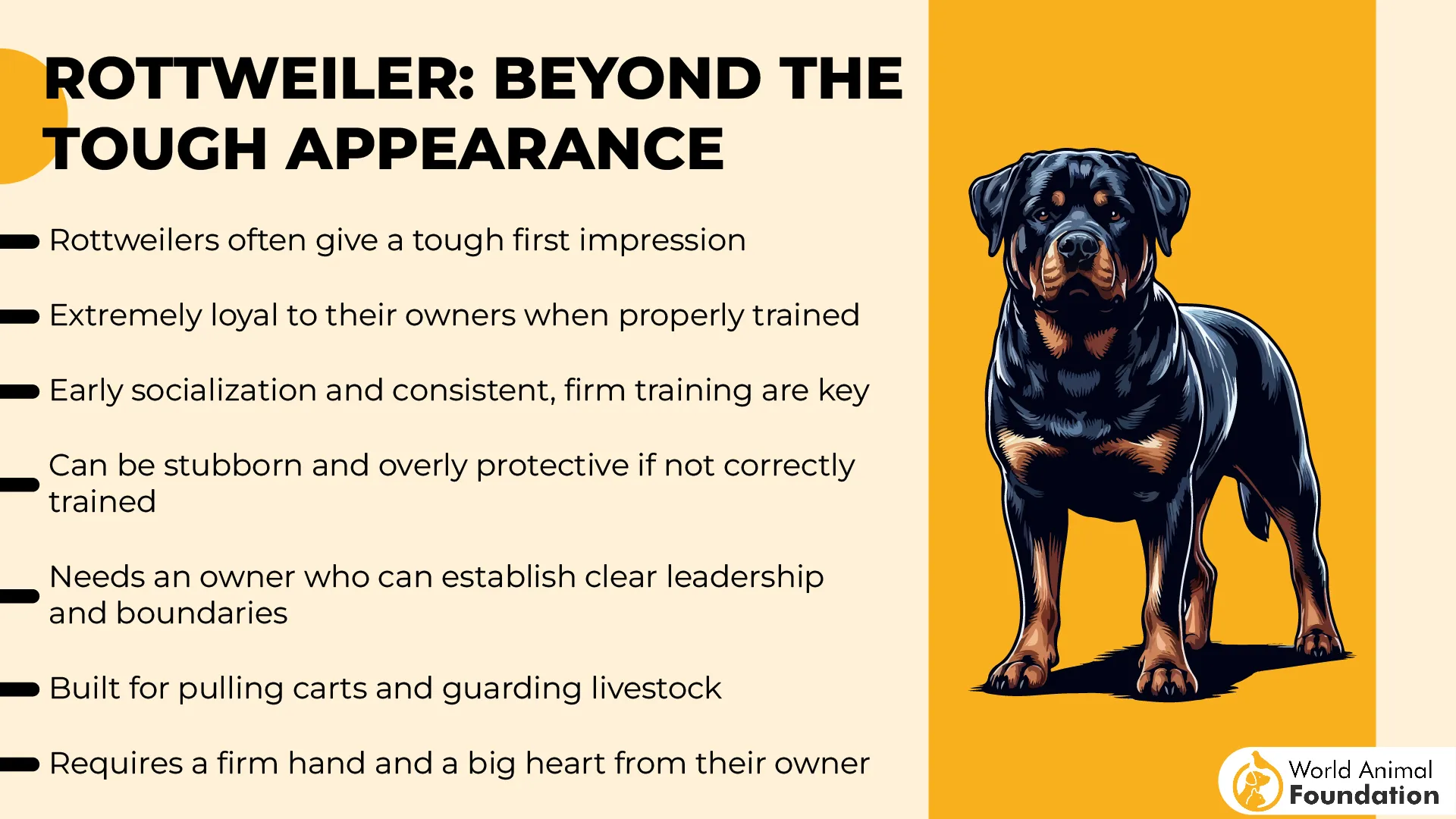
This flexibility is evidence of their intelligence and cunning. Though their muscular form and serious attitude might make them seem intimidating, they’re nothing more than people-pleasing pups who love human companions.
2. Doberman Pinscher
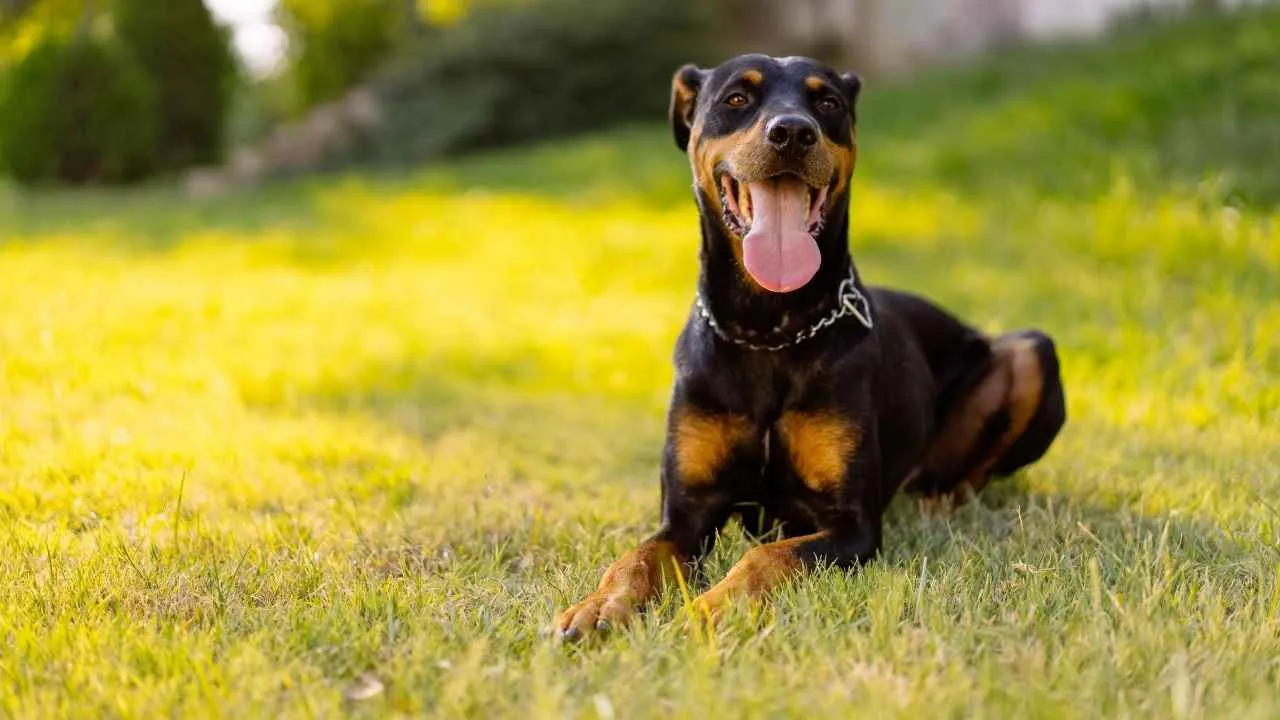
The Doberman comes from late 19th-century Germany, where a tax collector named Karl Friedrich Louis Dobermann hoped to breed a brave and loyal companion. He sought a partner for protection while enforcing taxation. This resulted in the Doberman breed’s defining traits, such as wariness and guarding instincts, which serve well for guard dog duties.
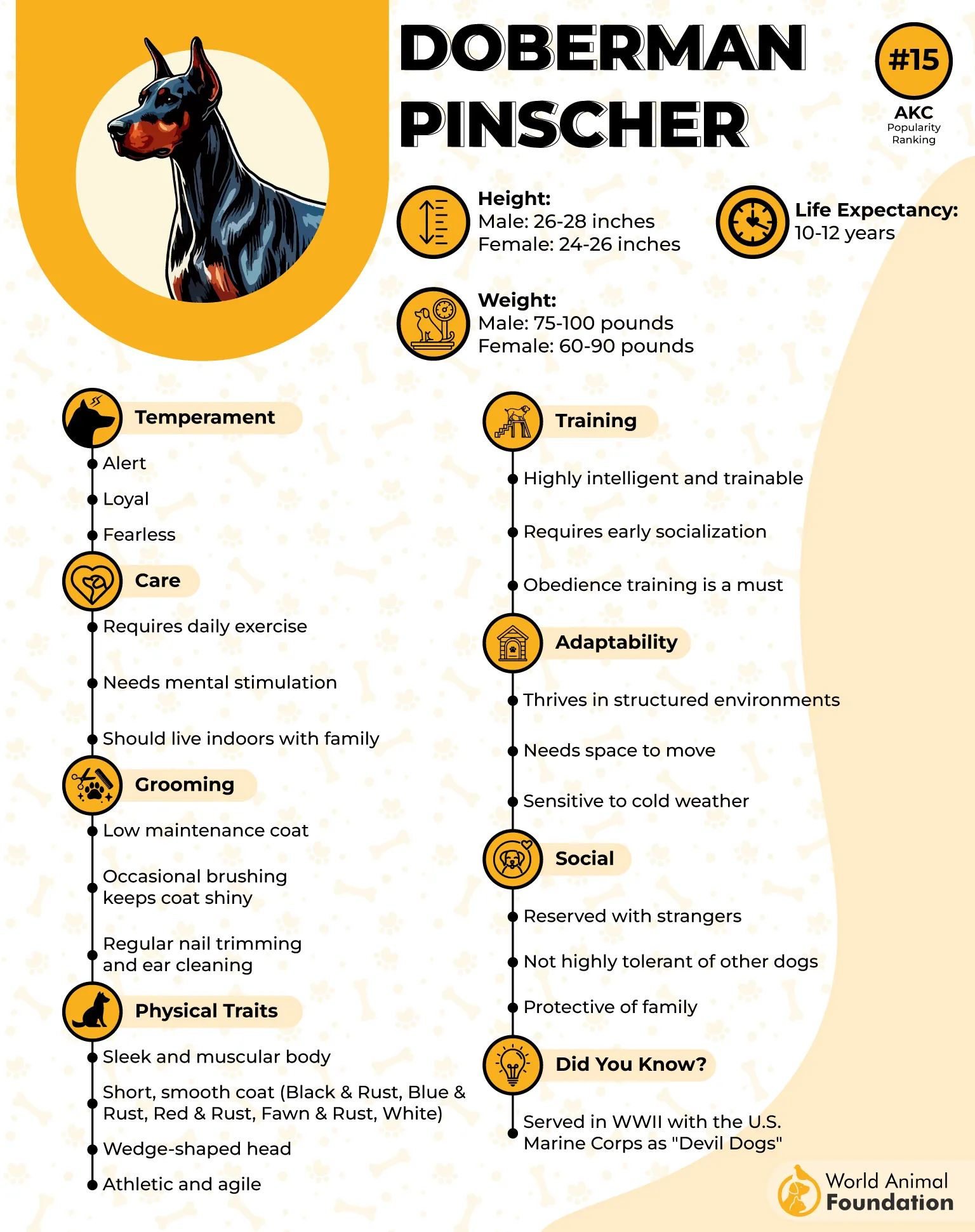
They were selectively bred to work for people in attack and defence, so their territorial instincts are a product of nature. However, characteristics such as aggressiveness wrongfully applied to a whole breed fail to consider the importance of consistent training, environment, and the individual dog’s behavior.
These large dogs are happiest with routine, established boundaries, and mental challenges. Without them, they can get angry or bored, which can result in things like aggressive or destructive behavior.
3. Siberian Husky
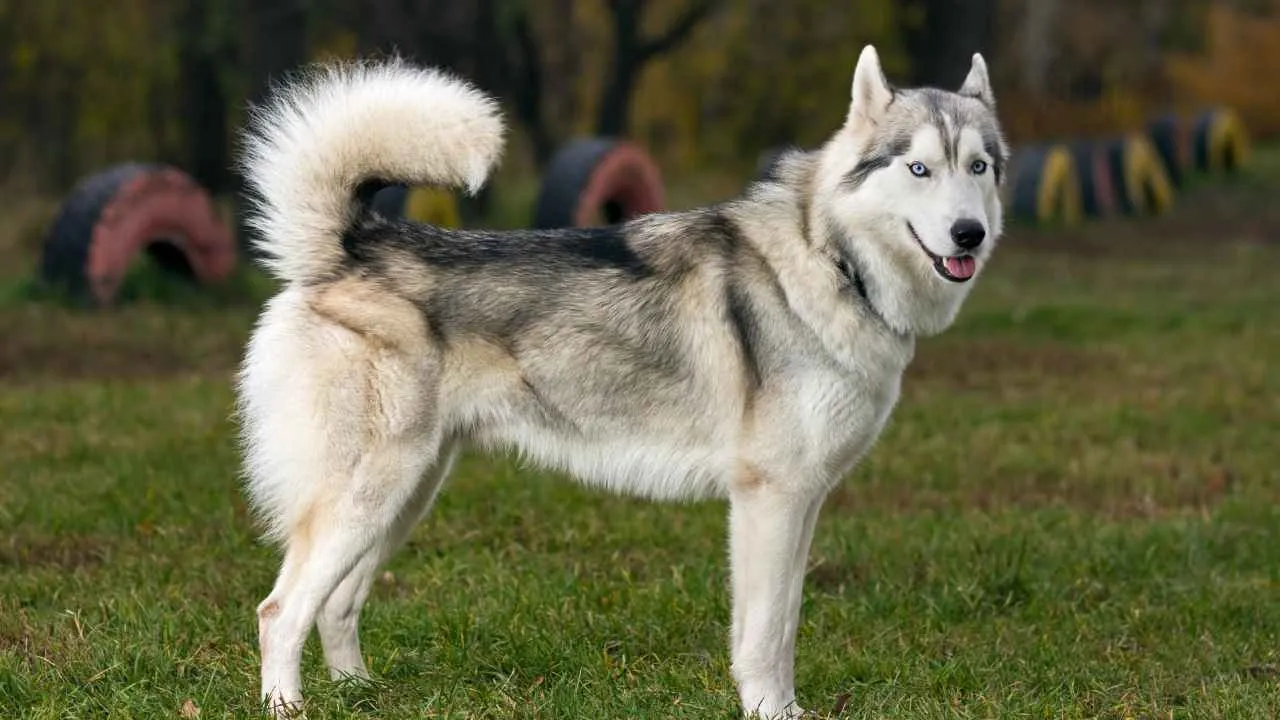
The Siberian Husky is among the least aggressive dog breeds. It’s naturally sweet and playful, friendly and outgoing, easy to live with, and even adores strangers! The Chukchi people of Siberia originally bred it to pull sledges across snowy regions.. It is a powerful, working dog known for its stamina.
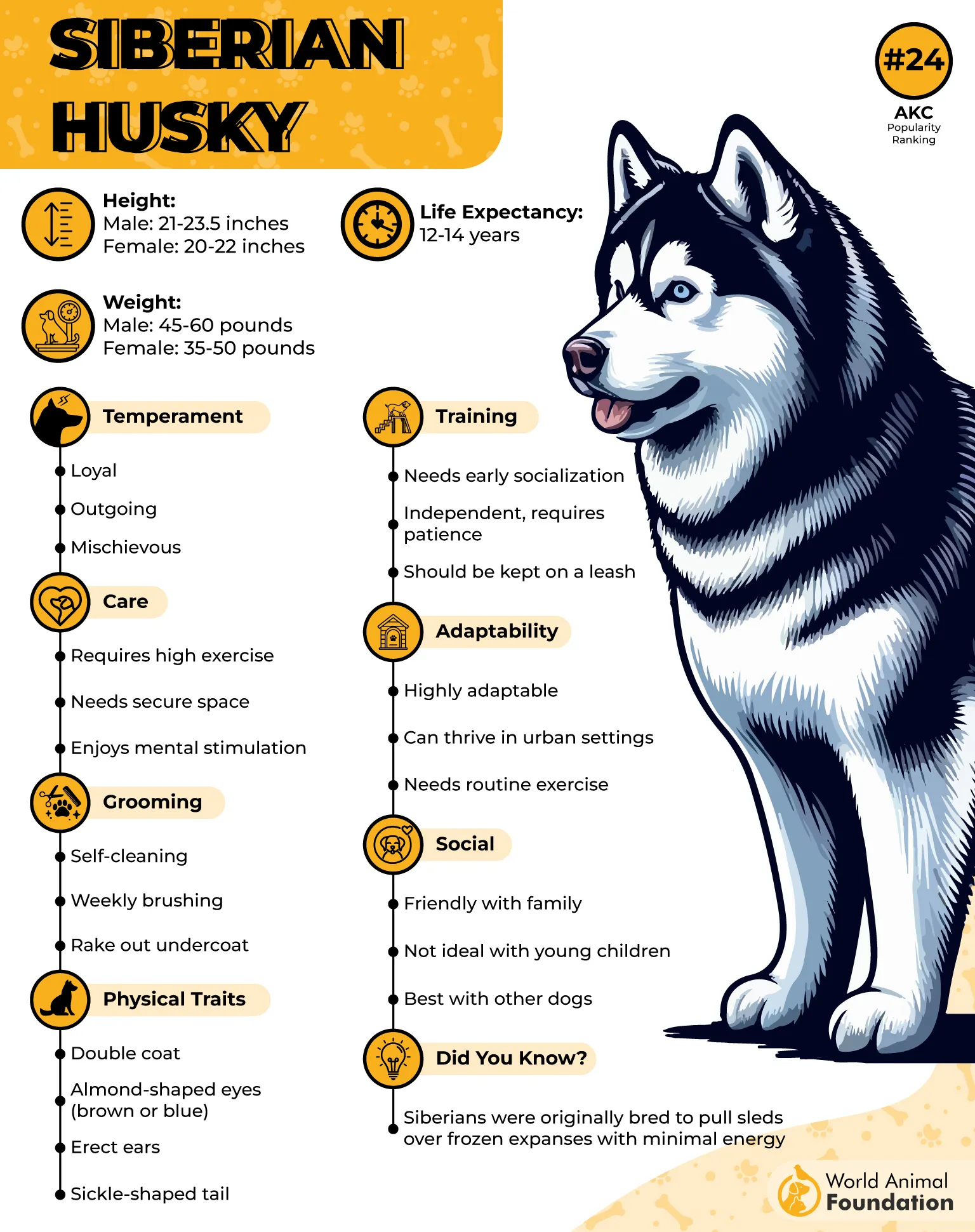
This makes them lousy guard dogs and great family dogs. However, aggression is not a natural Husky trait. Instead, it can develop when they are not well-socialised, trained, or mistreated.
Because of their high energy and curiosity, they need to be in an environment that allows them to use this enthusiasm productively. If not carefully treated, they can become destructive, and even if they don’t, frustration often leads to aggressive behaviors.
4. French Bulldog
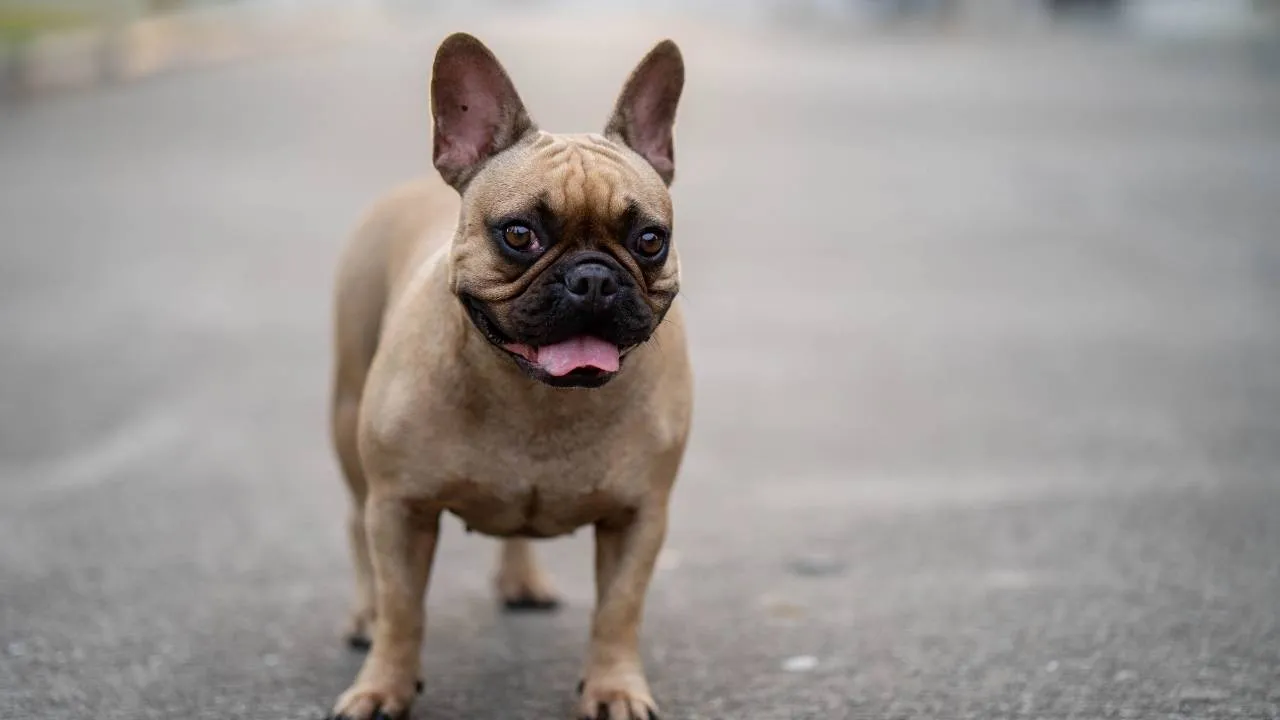
French Bulldogs are loved for their bat-like ears, compact stature, and affectionate nature. French Bulldogs enjoy following their owners around and even seek companionship more than other breeds. They are super loyal and very loving in return.
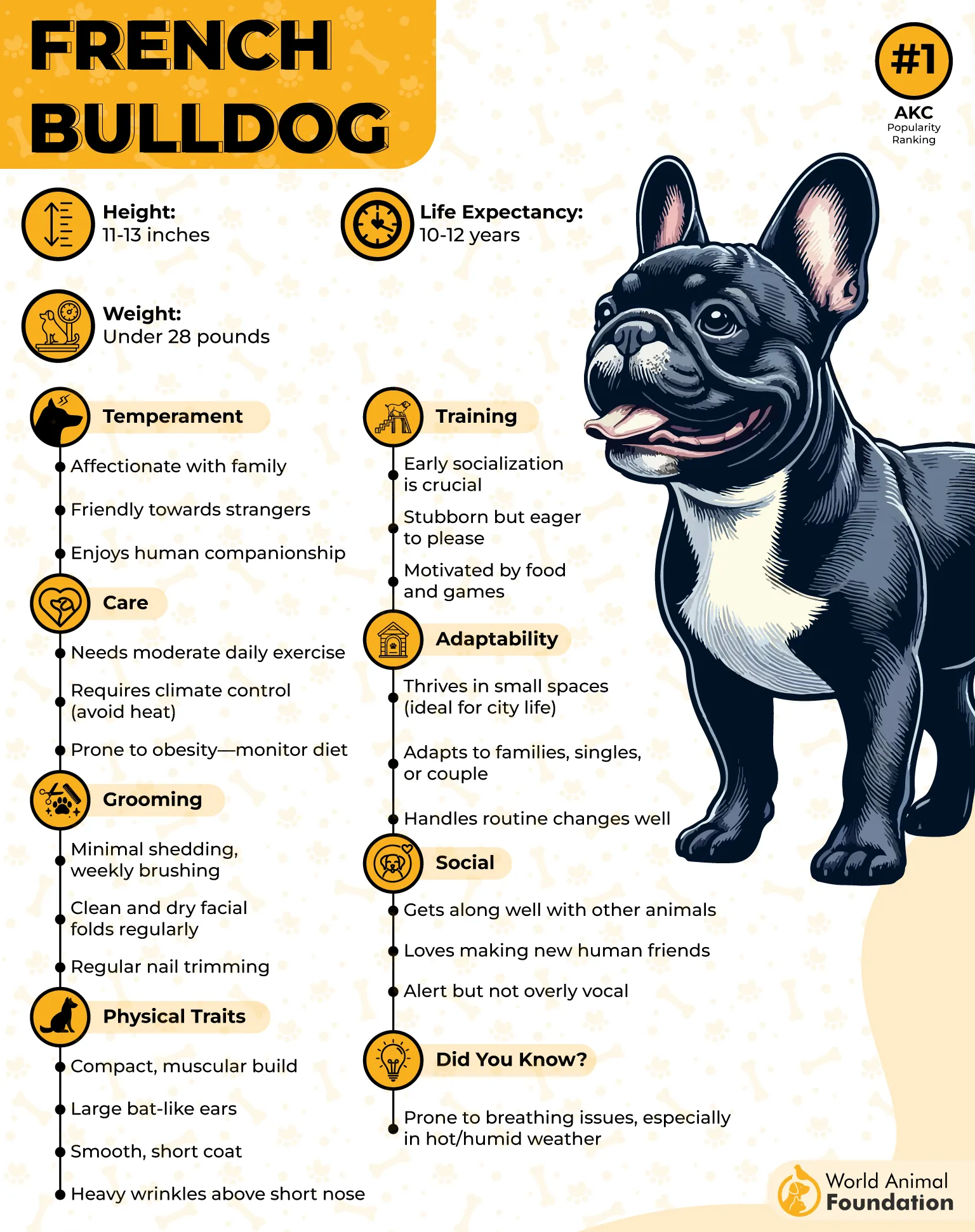
French Bulldogs are good watchdogs and apartment dogs, but can be noisy. Their low-key demeanor makes them the perfect pets for city dwellers in large urban flats, and they are the ideal apartment dog for a house in the suburbs.
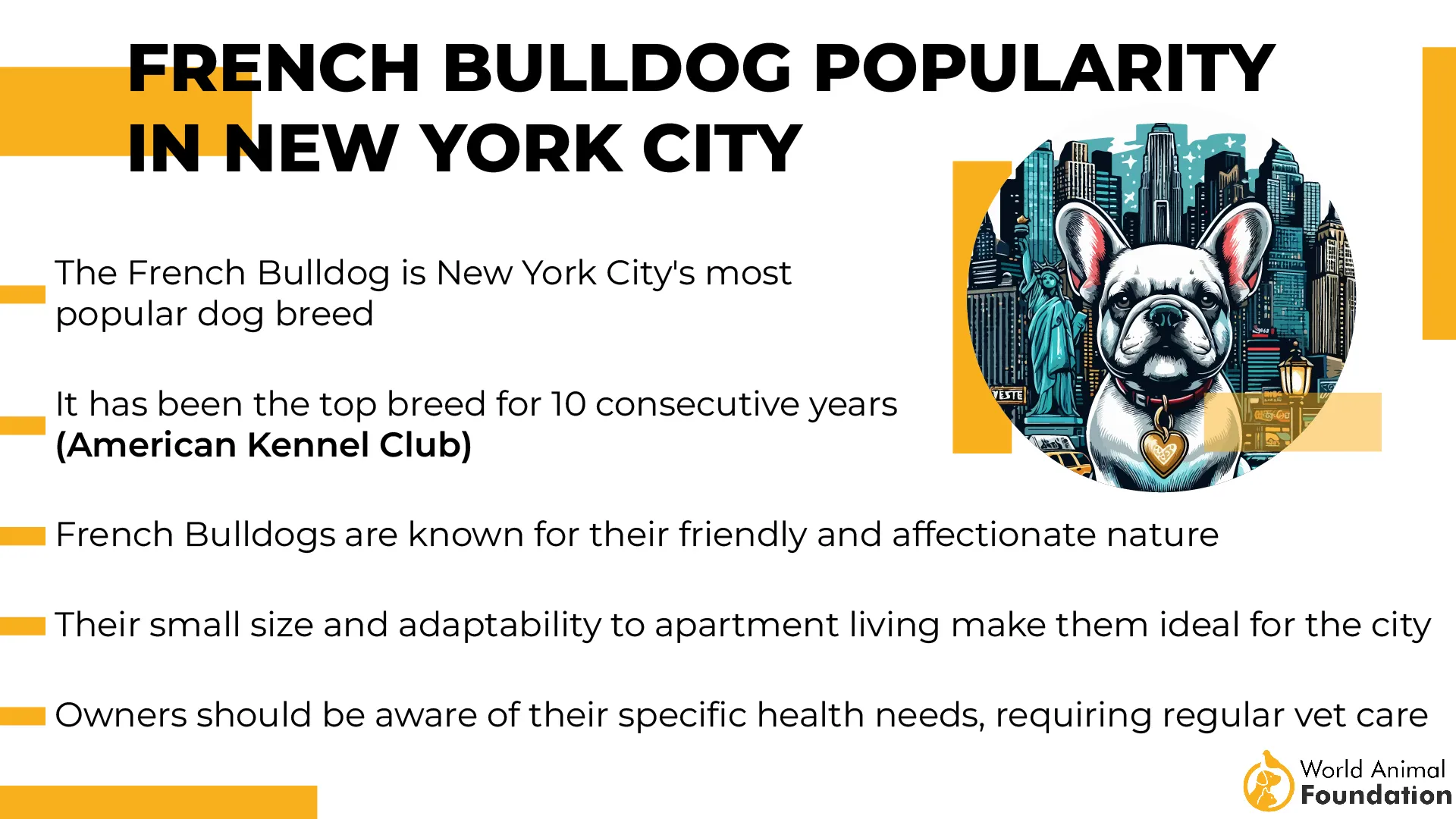
Temperament can be inherited. Fearfulness or frustration in French Bulldogs not adequately bred for temperament could result in biting. Sometimes, dog aggression can result from underlying health issues like pain or discomfort. PetMD recommends regular veterinary check-ups to ensure any problems are identified early.
5. Dachshund
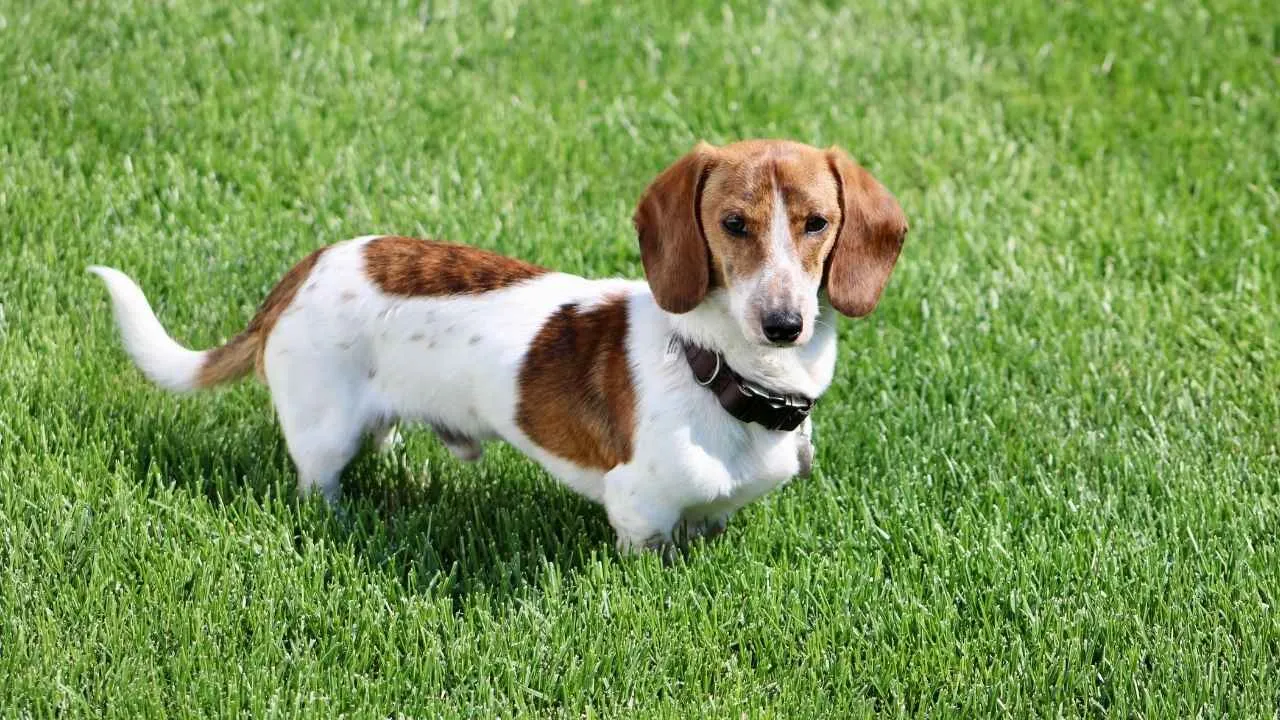
Dachshunds, long-bodied and short-legged, are hound-type dogs. Some people call them “wiener dogs.” They are appealing and entertaining pals. These confident, courageous, and spirited dogs were first bred in Germany more than 600 years ago to hunt badgers. Their stubborn and independent spirit made them good at tracking down and killing badgers.
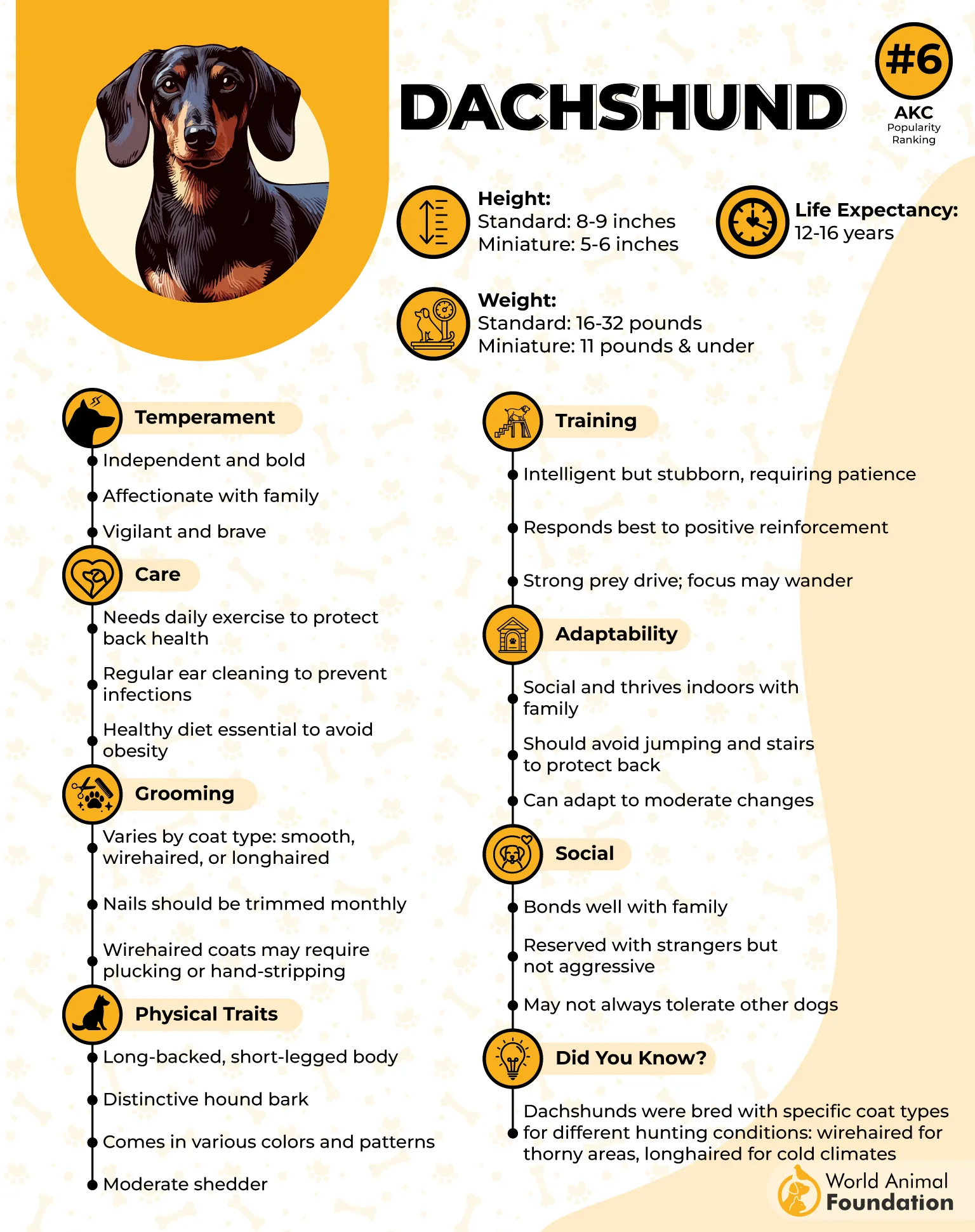
That boldness is essential in their hunting days and observable in their contemporary characters. They have a reputation for being loyal to their family and typically form strong attachments with their owners.
Puppies who don’t get sufficient exposure to various settings, individuals, and animals early in life may be cautious about new things as they age. This caution may develop into defensive aggression at times. Roughness, punishment, and inconsistency may confuse them or make them stick to their stubbornness while looking for clearly defined inclinations and purposes.
6. Chihuahua
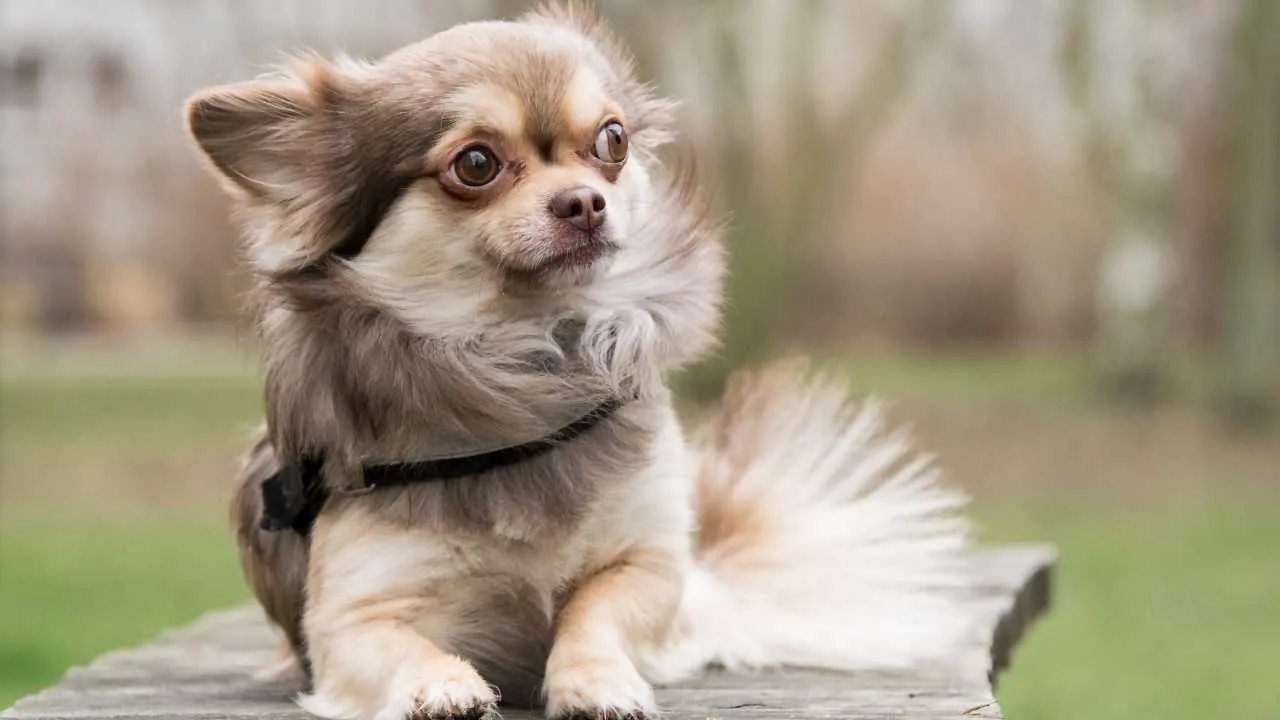
Despite being the smallest breed recognized by the AKC, Chihuahuas are brave and determined, often engaging fearlessly with other dogs. The Chihuahua is usually fearful, and if you have other animals, the Chihuahua feels threatened because of its size. If scared, it barks, growls, or lunges to protect itself.
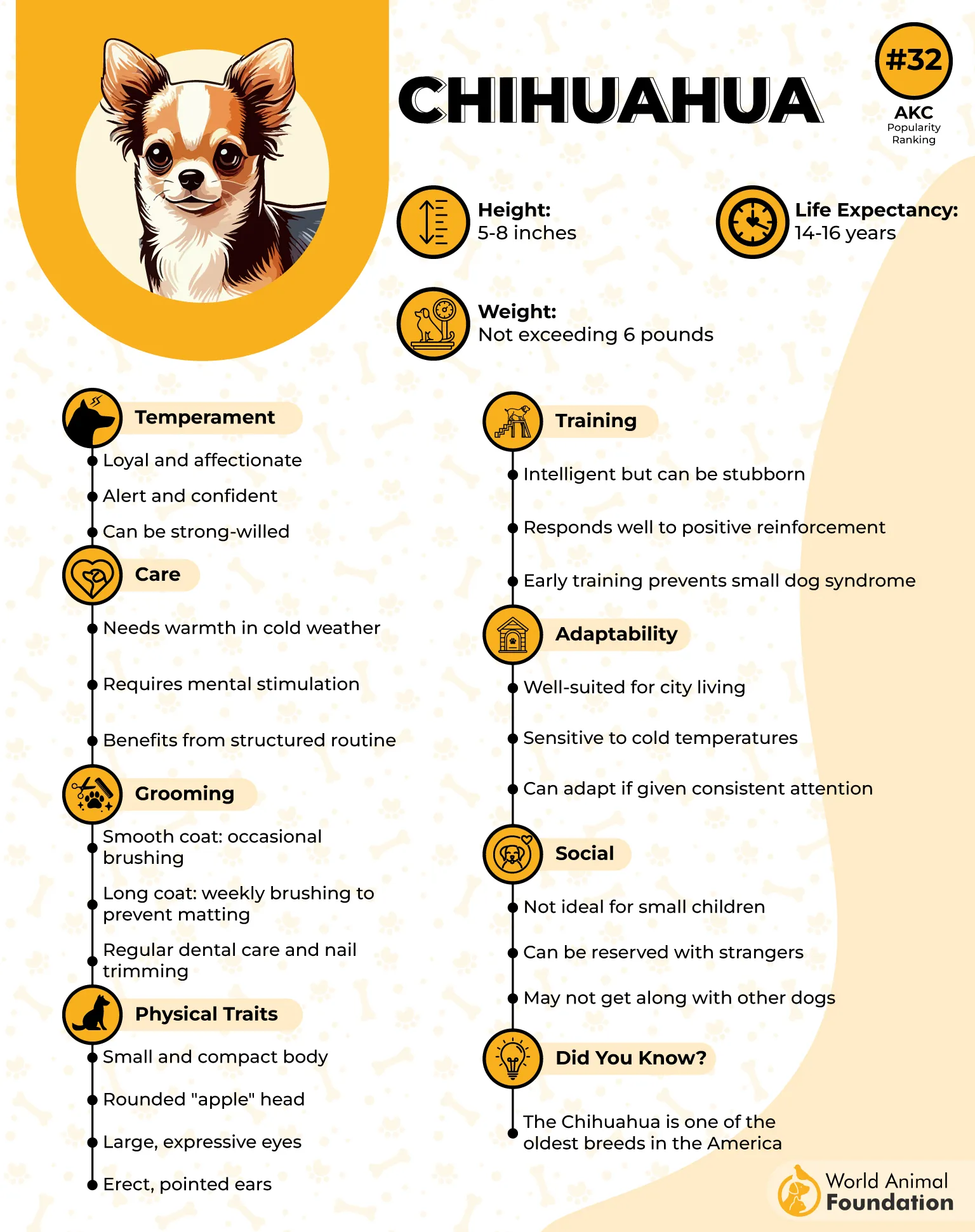
Like any dog, Chihuahuas need firm boundaries. When boundaries remain consistent, like restrictions on jumping on guests or furniture, they can build trust and help foster peaceful coexistence.
These dogs are highly territorial; they may even consider their owners and/or home a personal possession to protect. This protective side can become aggressive to strangers or other pets when not properly socialized when young.
7. Cane Corso
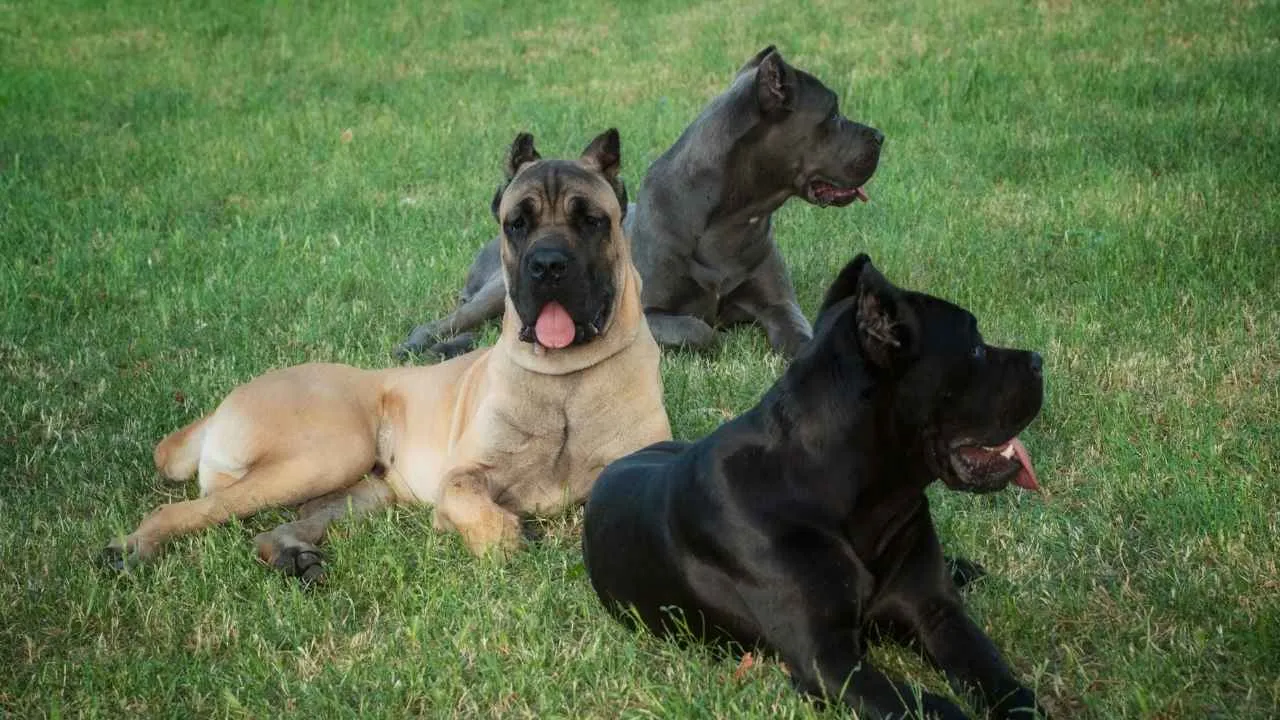
Cane Corsos are an aggressive breed of dog recognized for their large size, muscular build, and vigilant behaviour. At well over 100 pounds, they are formidable and descended from Roman war dogs.
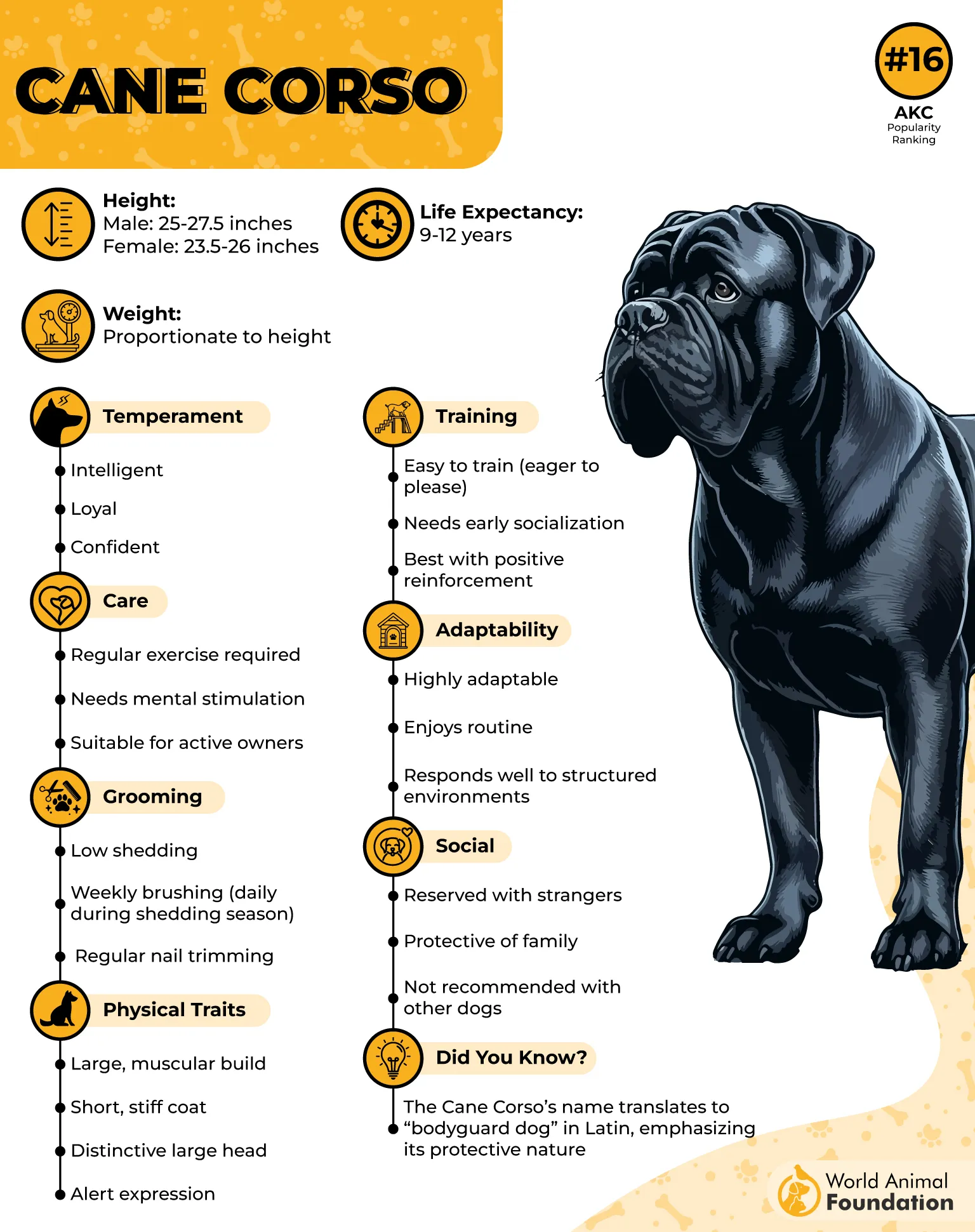
These dangerous dogs may also grow possessive over food, toys, and sometimes even their favourite person, which can cause guarding issues. With appropriate intervention, this can generally be treated or controlled. Canes Corsos are intelligent and eager to please. They typically do well with obedience training and dog sports.
Cane Corsos are not barky like some other breeds. They communicate only when they sense actual danger. Powerful and sensitive, Cane Corsos require more than a boss. They need training, early socialization when young, and a scheduled time for exercise and mental challenges.
Conclusion
When it comes to “mean dog breeds,” it’s important to debunk the misuse of this term. But no dog breed is inherently mean – maybe dangerous, at worst. Instead, dog breeds are simply a product of their environment, genetics, and upbringing.
With aggressive dogs, training is less about changing the animal than working with its natural inclination to become aggressive, but directing it toward eliminating bad habits through good habits. If you’re considering getting a dog, don’t overlook misunderstood breeds. With time, training, and love, you might find a friend to break your stereotypes.


